After a week of the attack in Mumbai on November 26, 2008, the incident had provoked national outrage and there was tremendous public pressure on then Prime Minister Manmohan Singh to retaliate.
A dozen or so men among India’s military, political and intelligence leadership in Prime Minister’s South Block office weighed options with power of sparking fifth India-Pakistan war.
On December 2, 2008 discussions among the heads of military and spy chiefs had amplified to the option of a limited war, strikes by air forces on terrorist training camps in addition to the deliberations for punishing the mastermind, LeT (Lashkar-e-Taiba).
The fact surfacing now that options for retaliation that India debated, were known to the United States as well. Former Pakistani foreign minister Khurshid Mahmud Kasuri’s memoirs, released in New Delhi on October 9, says the Bush administration sent senators John McCain, Lindsey Graham and US special representative for Afghanistan Richard Holbrooke to Islamabad sometime after the attacks which began on November 26, 2008, to survey the ground situation there.
The March 1993 Mumbai serial blasts and the July 2006 suburban train bombings drew Pakistan’s involvement by Indian investigators. But 26/11 was the first attack carried by the Pakistani nationals who hit civilian targets and foreign nationals.
On November 28, just 48 hours after the attack began, first meeting of India’s security establishment was held in the PMO. The meeting chaired by then prime minister Manmohan Singh included National Security Adviser M.K. Narayanan, Defence Minister A.K. Antony, the chiefs of the Intelligence Bureau (IB) and Research and Analysis Wing (RAW) and the chiefs of the navy and the air force and the Vice Chief of Army Staff Lt General Milan Naidu. Singh asked the intelligence brass for their options to tackle Pakistan.
‘Cold Start’, was one option in which the Indian Army’s plan for swift and shallow thrusts across the international border without waiting for a full-scale mobilisation.
The government was clear that a strike across the international border (at the JuD headquarters in Muridke, Lahore, which Kasuri suggested) would escalate tension and would not be accepted internationally and thus the ‘Cold Star’ option was disregarded.
On December 2 second meeting on India’s security establishment took place and was more focused on the military option against Pakistan. Manmohan Singh government had now ruled out either an Operation Parakram-style mobilisation of the Indian military or the Cold Start alternative.
Now the energies were focused entirely on the punitive strikes against Let. Within a week after the attack, intelligence agencies had drawn an illustrative sketch of Let’s complicity. The picture was built with the attack-confessions from the sole terrorist arrested, Ajmal Kasab.
The armed forces, particularly the army and the navy, were still held back due to lack of alternatives for striking back at LeT.
M.K. Narayanan, presented five comprehensive options. It included options for covert action against the LeT leadership in Pakistan and the use of air power against LeT training camps and headquarters in PoK. Another option was for a limited war confined to airstrikes in PoK, which a mobilisation by the Indian armed forces would ensure did not spread across the border.
The first option, a revenge strike on the LeT leadership, was ruled out after examiation. It was revealed that India lacked any covert capability or personnel within Pakistan. Prime Minister I.K. Gujral had shut down RAW’s covert operations inside Pakistan in 1997 and subsequent prime ministers had turned down requests by their spy chiefs to revive them. Infiltrating commandos for a special operation meant running the risk of them being captured just like Kasab. India, officials at the meeting feared, risked being put in the same category as Pakistan.
Airstrikes like those carried by the IAF on the Kargil heights in 1999 needed exact coordinates of camps. They also needed people on the ground to ‘illuminate’ targets with laser designators so the IAF bombers could drop their precision weaponry on them without causing civilian collateral damage.
Indian intelligence officials failed to give the military precise whereabouts of the LeT leadership and of the terrorist training camps.
The last option of a limited war confined to PoK was also debated. The Indian military would mobilise itself along the international border to make sure that Pakistan did not attempt to take the battle beyond PoK. Maniac calls from the Indian public to strike Pakistan had activated the Pakistani military which had already put its air force on high alert and prepared anti-aircraft defences.
Pakistan had allocated a number of air corridors exclusively for use by the US and were coded as Boulevard, Bagpipe, Beltline, Buzzard and Eagle. The IAF would have to avoid hitting US fighter aircraft, bombers, drones and transport aircraft transiting from the Arabian Sea to Pakistan and Afghanistan in these corridors.
If a conflict broke out, the military leaders discussed, Pakistan had a national compulsion to project a very low nuclear threshold, keeping an Indian attack ‘limited’ would not be a priority.
No war, we are peace loving people.




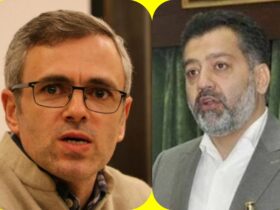
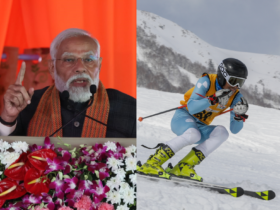

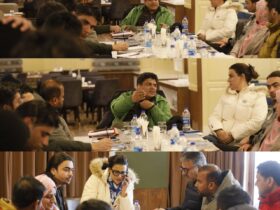

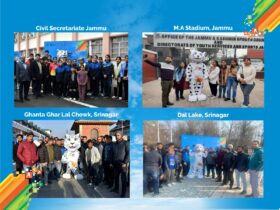
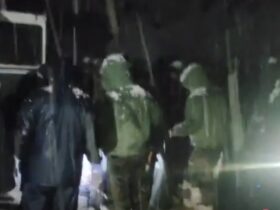
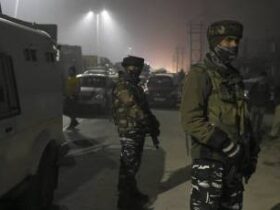
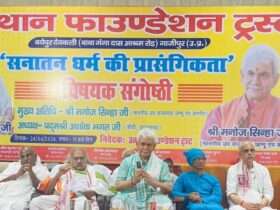
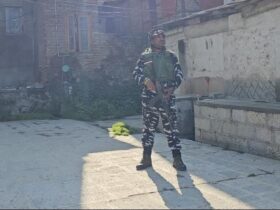
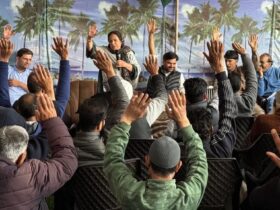
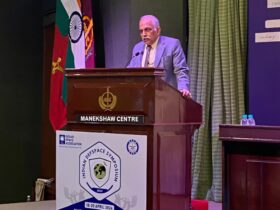
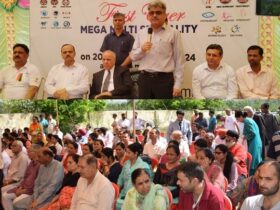
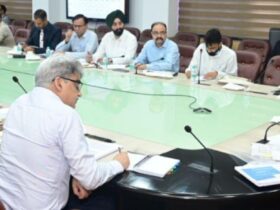
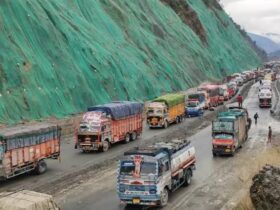
Leave a Reply